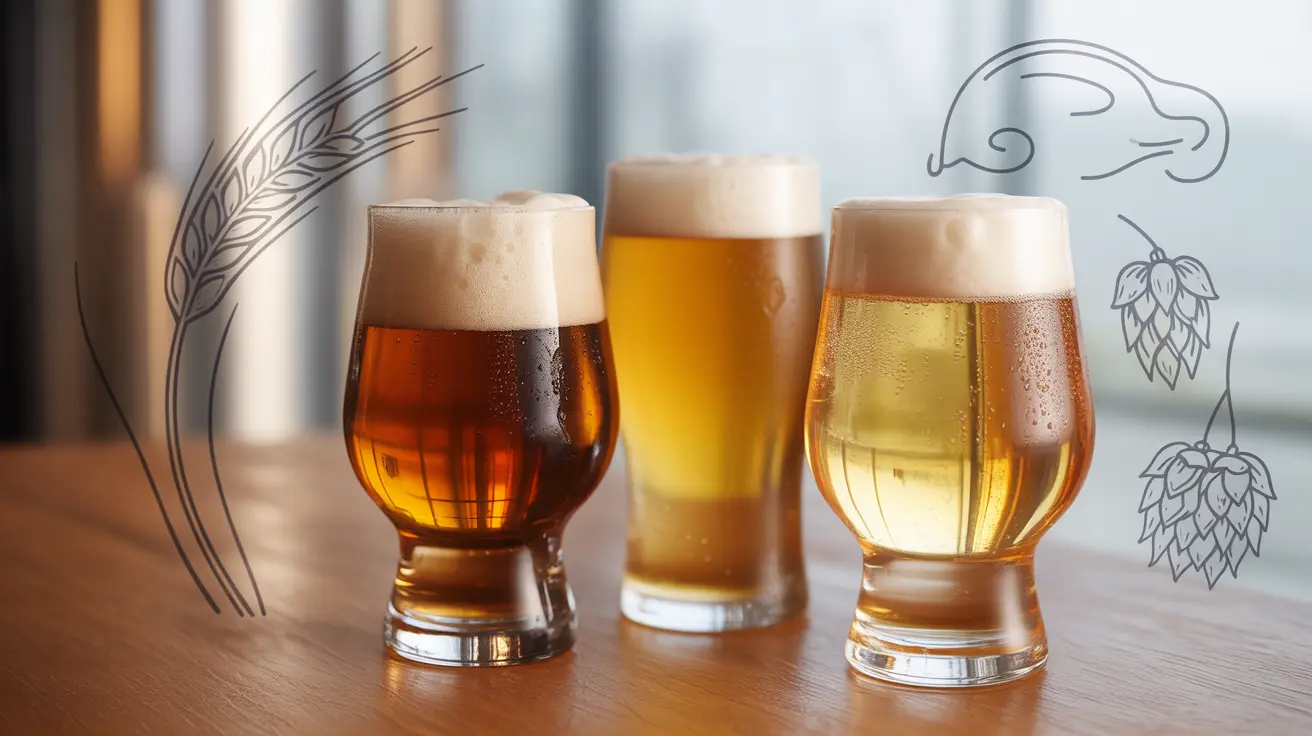Many people are surprised to learn that non-alcoholic beer isn't always completely alcohol-free. Understanding the actual alcohol content in these beverages is crucial, especially for those maintaining sobriety or avoiding alcohol for other reasons. Let's explore what's really in non-alcoholic beer and what consumers need to know.
What Defines Non-Alcoholic Beer?
Non-alcoholic beer is a beverage that's produced similarly to regular beer but with an extra step to remove most of the alcohol content. In the United States, beverages labeled as "non-alcoholic beer" can legally contain up to 0.5% alcohol by volume (ABV). This minimal amount is comparable to what naturally occurs in some everyday foods like ripe bananas or bread.
The Different Categories of Low and No-Alcohol Beer
Alcohol-Free Beer (0.0% ABV)
True alcohol-free beer contains absolutely no alcohol (0.0% ABV). These products undergo special brewing processes or dealcoholization techniques to ensure complete alcohol removal. They're specifically marketed to those who want to completely avoid alcohol.
Non-Alcoholic Beer (≤0.5% ABV)
Products labeled as "non-alcoholic" can contain trace amounts of alcohol up to 0.5% ABV. This category represents most of the popular non-alcoholic beer brands available in the U.S. market.
Low-Alcohol Beer (>0.5% to 2.0% ABV)
Low-alcohol beers contain more alcohol than non-alcoholic options but significantly less than traditional beers. These aren't technically considered non-alcoholic beverages and should be clearly distinguished from alcohol-free or non-alcoholic options.
Production Methods and Alcohol Content
Manufacturers use several methods to produce non-alcoholic beer, including:
- Stopped fermentation
- Vacuum distillation
- Reverse osmosis
- Special brewing yeasts
Each method affects the final product's taste and alcohol content differently, which is why some brands might contain trace amounts while others are completely alcohol-free.
Health and Safety Considerations
While the alcohol content in non-alcoholic beer is minimal, certain groups should exercise caution:
- Pregnant women
- People in addiction recovery
- Individuals taking medications that interact with alcohol
- Those with certain medical conditions
- People who need to pass sensitive alcohol screenings
Frequently Asked Questions
Does non-alcoholic beer actually contain any alcohol, or is it completely alcohol-free?
Non-alcoholic beer can contain small amounts of alcohol up to 0.5% ABV, unless specifically labeled as "alcohol-free" (0.0% ABV). The exact amount varies by brand and production method.
How much alcohol is legally allowed in non-alcoholic beer in the United States?
In the United States, beverages labeled as non-alcoholic beer can legally contain up to 0.5% alcohol by volume (ABV).
Is drinking non-alcoholic beer safe for people in recovery from alcohol addiction or trying to stay sober?
This is a personal decision that should be made with guidance from healthcare providers or addiction specialists. While the alcohol content is minimal, some people in recovery may want to avoid these products due to psychological triggers or the risk of relapse.
Can drinking non-alcoholic beer affect your blood alcohol level or cause a positive test for alcohol?
While unlikely, consuming large quantities of non-alcoholic beer could theoretically result in a detectable amount of alcohol in very sensitive tests. However, regular consumption shouldn't affect standard breath or blood alcohol tests.
What are the main differences between non-alcoholic beer, alcohol-free beer, and low-alcohol beer?
Alcohol-free beer contains 0.0% ABV, non-alcoholic beer contains up to 0.5% ABV, and low-alcohol beer contains more than 0.5% but less than 2.0% ABV. Each category has distinct labeling requirements and intended uses.




